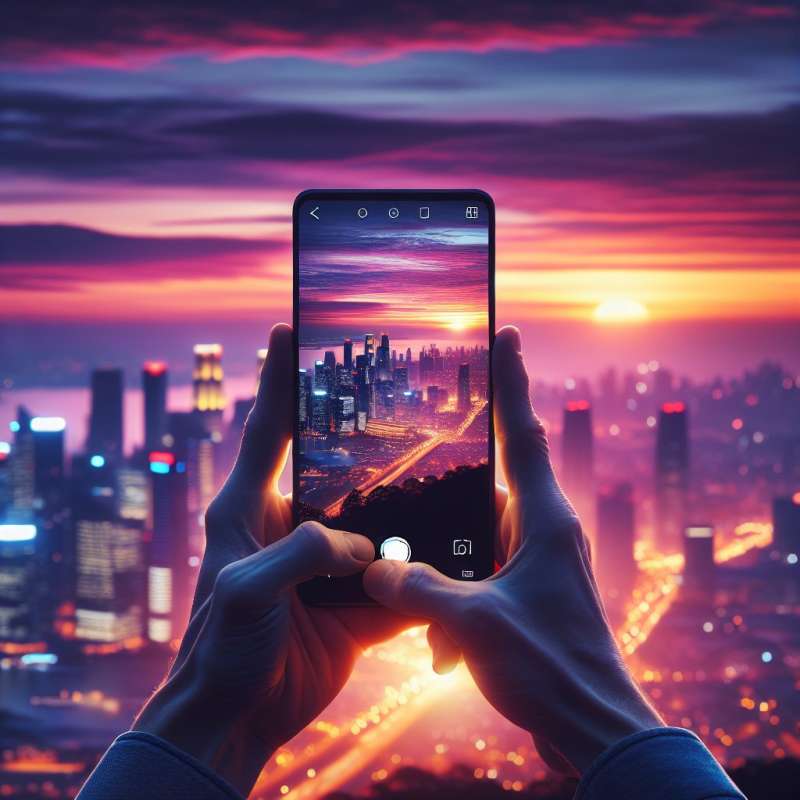
Understanding Low-Light Challenges
Smartphone cameras often struggle in dim conditions due to smaller sensors. This results in grainy images, known as noise, and blurred details as the camera compensates for low light by slowing shutter speed.
Leverage Your Settings
Modern smartphones offer manual settings. Adjust ISO to control sensitivity, decrease to avoid noise. Use a slower shutter speed for more light, but stabilize your phone to prevent blur. Experiment with exposure for the best results.
Stabilize Your Shots
Stability is key in low light. Use a tripod or rest your phone against a solid object to avoid shaking. This allows for clearer shots with longer exposure times without the blur caused by hand movement.
Opt for Lens Accessories
External lenses can enhance low-light performance. A wide-aperture lens allows more light to hit the sensor, reducing the need for high ISO or slow shutter speeds, thus preserving image quality.
Utilize Night Modes
Many smartphones now feature a dedicated night mode that takes multiple shots at different exposures and combines them, enhancing detail and reducing noise. This computational photography can yield impressive results.
Post-Processing Magic
After taking photos, use editing apps to fine-tune. Adjust brightness, contrast, and color saturation to bring out details. Noise reduction tools can also clean up grainy areas without compromising the sharpness of the image.
Embrace the Dark
Sometimes low light can create a mood that bright photos cannot. Embrace shadows and silhouettes for artistic shots. Let the lack of light play a role in the composition and storytelling of your photography.
What causes grainy smartphone photos?
High ISO settings
Smaller sensors in low light
Using a tripod
Company